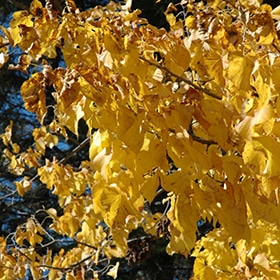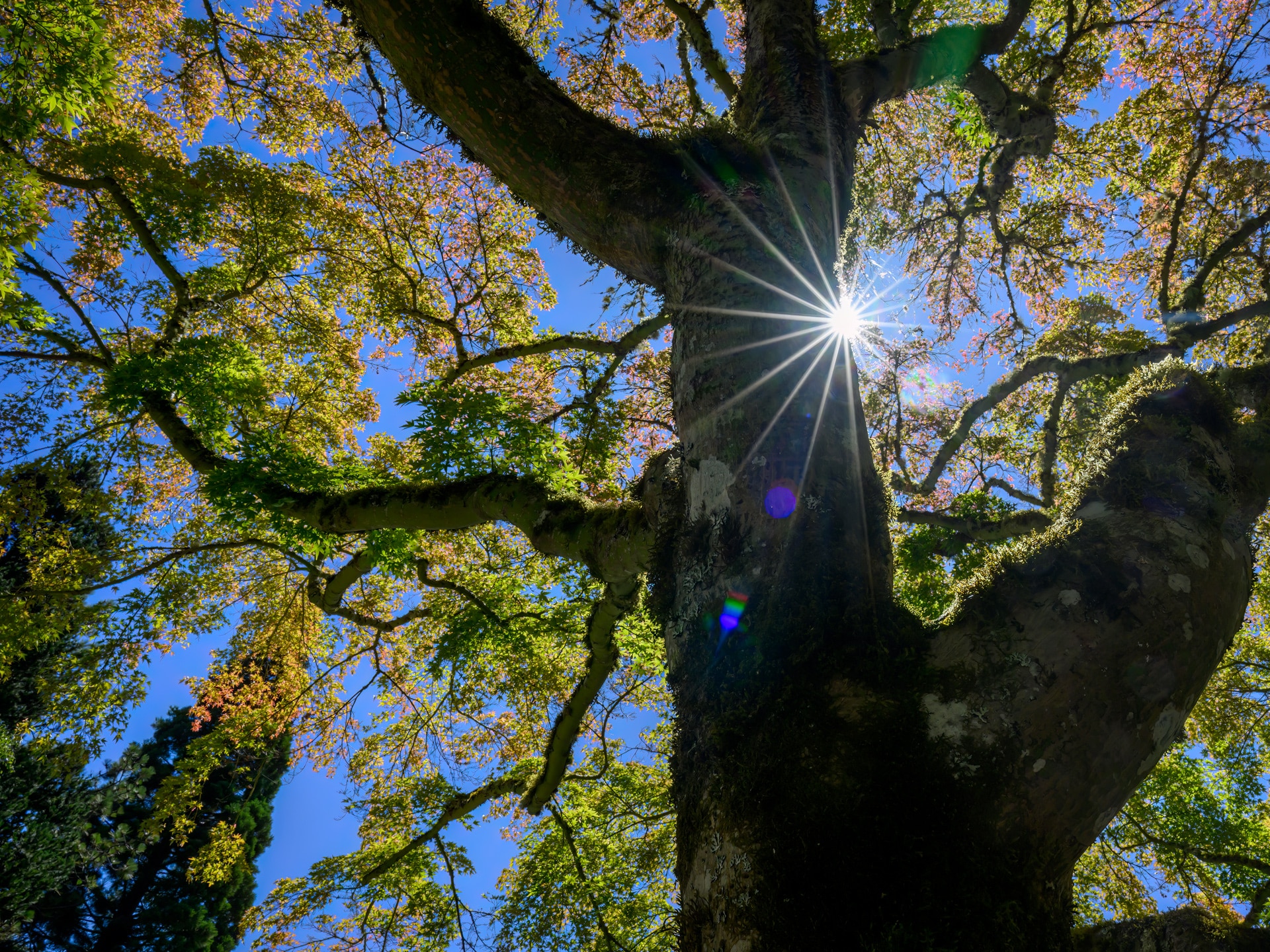There’s something undeniably refreshing about seeking shelter beneath the canopy of a mature tree on a scorching summer day, but the benefits of shade extend far beyond personal comfort. Among these natural treasures, shade trees stand out for their multifaceted benefits. These silent sentinels offer more than just a respite from the sun; they are vital components of a healthy and sustainable environment. Let’s explore the numerous benefits that shade and shade trees bring to our lives and the planet.
Benefits of Shade
The Cooling Effect
One of the most immediate benefits of shade trees is their ability to cool the environment. Through the process of transpiration, trees release moisture into the air, which cools the surrounding area. The canopy of a tree can reduce the temperature beneath it by as much as 10 to 15 degrees Fahrenheit. In urban areas, where concrete and asphalt absorb and radiate heat, this cooling effect can mitigate the urban heat island effect, making cities more livable.
Lower Energy Bills
Shade trees can significantly reduce energy costs in the summer and the winter. Strategically placed trees around a house can block direct sunlight from hitting windows and roofs in the summer, reducing indoor temperatures and thus the need for cooling. In the winter, those same trees can provide protection from the wind, keeping your home warmer and reducing your heating bills. According to the U.S. Department of Energy, well-placed shade trees can cut air conditioning costs by somewhere between 30% to 50%. This not only saves money but also reduces the demand placed on power plants, leading to lower greenhouse gas emissions.

Improved Air Quality
Trees absorb carbon dioxide and release oxygen, acting as natural purifiers for the air we breathe. They absorb pollutants like carbon dioxide, sulfur dioxide, and nitrogen oxides, and release oxygen through photosynthesis. Shade trees also trap dust and other particles helping to combat air pollution. Additionally, by lowering temperatures, trees reduce the formation of ground-level ozone, a harmful component of smog.
Shade Trees Have Superpowers
Enhancing Mental and Physical Health
The presence of trees and green spaces has been shown to improve mental well-being. Spending time in nature, even just sitting under a tree, can reduce stress, anxiety, and depression. Shade trees also encourage physical activity by making outdoor spaces more comfortable and by offering a natural barrier against harmful UV rays, reducing the risk of skin cancer. People are more likely to walk, jog, or cycle in shaded areas, contributing to better physical health.

Supporting Biodiversity
Shade trees are vital habitats for countless species of birds, insects, and other wildlife. They provide food, shelter, and nesting sites, contributing to the biodiversity of an area. In urban settings, shade trees can serve as crucial links in green corridors, connecting fragmented habitats and allowing species to thrive even in developed areas.
Preventing Soil Erosion
The roots of shade trees play a critical role in preventing soil erosion. They anchor the soil in place, reducing the impact of heavy rains and runoff. This is particularly important in areas prone to erosion, where trees can help maintain soil health and prevent the loss of fertile topsoil. In addition, trees improve soil quality by adding organic matter through leaf litter, which enhances the soil’s ability to retain water.
Property Value Increase
Trees create a welcoming and inviting atmosphere. A home surrounded by lush greenery is far more appealing to potential buyers than a bare facade. Studies consistently show that homes with mature trees sell for significantly more than comparable homes without them. Buyers are often willing to pay a premium for a home that already offers the established beauty and comfort of mature trees. In some cases, the increase can be as much as 15%. Properties with mature trees also tend to sell faster.
Climate Change
Trees are one of our most effective tools in the fight against climate change. By absorbing carbon dioxide, they help reduce the amount of greenhouse gases in the atmosphere. Mature trees, especially large shade trees, can sequester significant amounts of carbon, making them an essential part of any climate mitigation strategy.
Our Shade Tree Choices
Selecting the Right Tree
The best part of having a shade tree? They are simply beautiful and truly add to your home’s charm, but selecting the appropriate shade tree for your yard is crucial. Consider factors such as climate, soil conditions, available space, and desired tree size. Consulting with our expert nursery staff will help you make an informed decision.
Here are our top seven shade tree selections:

Armstrong Gold Maple
A very distinctive hybrid maple with a narrow, upright growth habit. It’s fast-growing with a golden to orange fall color. Armstrong Gold Maple is an excellent choice for the smaller home landscape or for articulation, though it tends to broaden with age.
Autumn Blaze Maple
A popular hybrid of the silver and red maples, combining the best attributes of both. Autumn Blaze Maple has stunning fall color, an excellent habit of growth, is tolerant of tough conditions, and is fast growing. This tree is an excellent alternative for locations where a red maple may not grow.


Autumn Gold Ginkgo
Autumn Gold Ginkgo is a true 150 million-year-old relic with unique fan-shaped leaves. It features a stunning pyramidal form and consistent golden fall color and does not produce fruit. This variety is a distinct improvement on the species and makes a great choice for home landscape use.
Skyline Honeylocust
A very popular shade tree, Skyline Honeylocust is valued for its delicate, ferny appearance which casts a dappled shade below. This variety has a notably more upright habit of growth than the species, making it taller than it is wide. It’s also tolerant of adverse growing conditions, seedless, and makes a great street tree.


Swamp White Oak
A large and imposing shade tree with an upright spreading habit of growth that fits best in larger landscapes and parks. Swamp White Oak is extremely tough and adaptable to wet conditions but is not tolerant of alkaline soils. It’s rather slow-growing as many oaks are and as a bonus, it’s acorns attract squirrels.
Redmond Linden
A beautiful shade tree that is prized for its strongly pyramid-shaped form throughout life. Redmond Linden has a clean habit and produces fragrant yellow flowers in early summer. It tends to be more compact than the species and makes a great shade or street tree that’s very adaptable and low maintenance.


Triumph Elm
A new hybrid elm from the Chicagoland Grows program that combines the attractive vase-shaped form of the popular Accolade elm with the toughness and disease and insect resistance of Vanguard. Triumph Elm makes its mark as a large shade tree with a symmetrical form and glossy leaves.
Planting Considerations
When you are ready to plant trees in your yard, there are a few things to keep in mind and plan for to ensure that they will thrive.
- Consider the location of the tree. Make sure that it will have enough space to grow and that the roots will not be obstructed or cause obstruction to the foundation of your home. You can find all of the important information about your tree on www.lurvey.com
- Ensure the tree you’ve selected is suited for the climate and soil type in your area.
- Make sure to water the tree regularly and provide it with proper fertilizer. Our Planting and Watering Guide is the perfect tool to have on hand to answer any questions you have about planting new trees and how to water them.
Shade trees are more than just nature’s umbrellas; they are essential to our well-being and the health of our planet. From cooling our cities to improving air quality, supporting biodiversity, and even boosting property values, the benefits of shade and shade trees are extensive and profound. As we continue to face the challenges of climate change and urbanization, the importance of preserving and planting shade trees cannot be overstated. By investing in these green giants, we also invest in a cooler, healthier, and more sustainable future for all.
So, the next time you’re enjoying the cool comfort of a shady spot, take a moment to appreciate the many benefits these magnificent trees provide.










